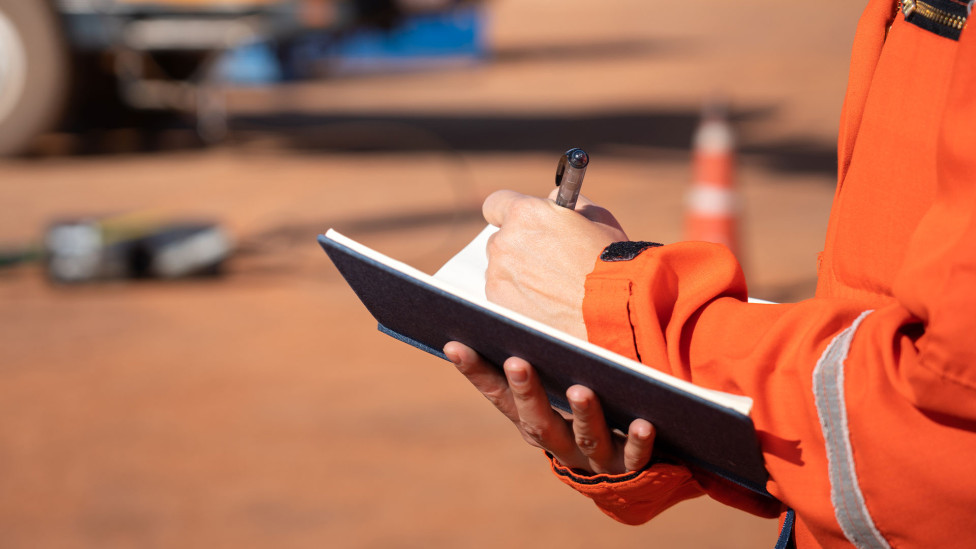In the ever-evolving landscape of safety regulations, ensuring your workplace adheres to the latest standards is paramount. This is where audit readiness comes into play. An audit readiness program is a proactive approach that helps organizations identify and address potential safety concerns before a formal inspection by the Occupational Safety and Health Administration (OSHA) or another regulatory body. By being audit-ready, you can foster a safer work environment, minimize the risk of citations and penalties, and demonstrate your commitment to employee well-being.
Here’s a comprehensive guide to navigating audit readiness, including essential aspects like OSHA inspections, recordkeeping, and housekeeping practices.
Understanding OSHA Inspections
OSHA conducts workplace inspections to ensure compliance with safety and health standards. These inspections can be triggered by a variety of factors, including:
- Employee complaints: Employees have the right to request an OSHA inspection if they believe their workplace is unsafe or unhealthy.
- High-risk industries: OSHA prioritizes inspections in industries with a statistically higher rate of accidents and illnesses.
- Accident investigations: Following a serious workplace incident, OSHA may conduct an inspection to investigate the cause and ensure corrective actions are taken.
- Planned inspections: OSHA also conducts routine inspections based on a predetermined schedule.
During an inspection, OSHA compliance officers will review your workplace safety program, accident records, and maintenance logs. They may also conduct walk-throughs to observe work practices and identify potential hazards. Being prepared for an OSHA inspection minimizes surprises and allows you to demonstrate your commitment to a safe work environment.
The Importance of Recordkeeping
Maintaining accurate and up-to-date safety records is crucial for audit readiness. OSHA requires employers to record and maintain specific types of workplace injuries and illnesses. These records help identify trends, evaluate the effectiveness of safety programs, and provide valuable data for future improvements. Here are some key recordkeeping considerations:
- Recordkeeping Requirements: OSHA mandates specific recordkeeping requirements depending on the size and industry of your organization. Familiarize yourself with the relevant OSHA standards (29 CFR Part 1904) to ensure you are capturing all necessary data.
- Accessibility and Retention: Safety records must be readily accessible to OSHA compliance officers during an inspection. Retention periods also vary depending on the record type. Ensure your recordkeeping system is organized and allows for easy retrieval of information.
- Electronic Records: OSHA allows employers to maintain records electronically. However, the electronic system must meet specific criteria for security and accessibility.
Maintaining a Culture of Housekeeping
Good housekeeping practices are fundamental to a safe and healthy work environment. A cluttered or disorganized workplace can pose a variety of safety hazards, including tripping hazards, blocked exits, and fire risks. Here are some tips for maintaining a clean and organized workspace:
- Develop a Housekeeping Plan: Establish a clear plan that outlines cleaning procedures, waste disposal protocols, and designated storage areas for materials and equipment.
- Regular Cleaning and Maintenance: Schedule regular cleaning routines to remove debris and maintain a clean work environment. This includes tasks like sweeping floors, emptying trash bins, and organizing work areas.
- Employee Involvement: Encourage employee participation in housekeeping practices. Empower employees to identify and report potential hazards and instill a sense of ownership in maintaining a safe workspace.
By implementing a comprehensive audit readiness program that focuses on OSHA compliance, recordkeeping, and housekeeping, organizations can create a safer work environment for employees, minimize the risk of costly citations and penalties, and demonstrate their commitment to building a culture of safety. Remember, audit readiness is not a one-time event; it’s an ongoing process that requires continuous monitoring, improvement, and employee engagement.





Recent Comments